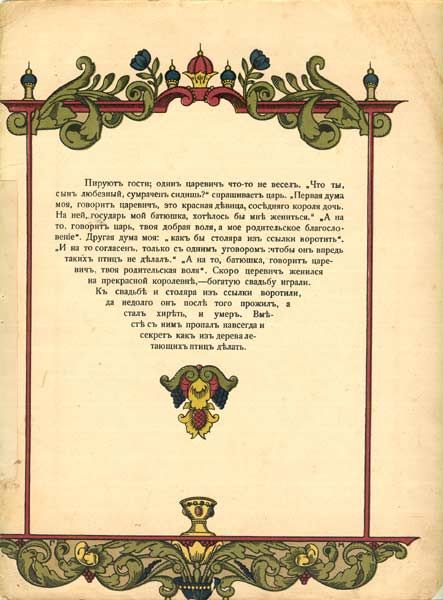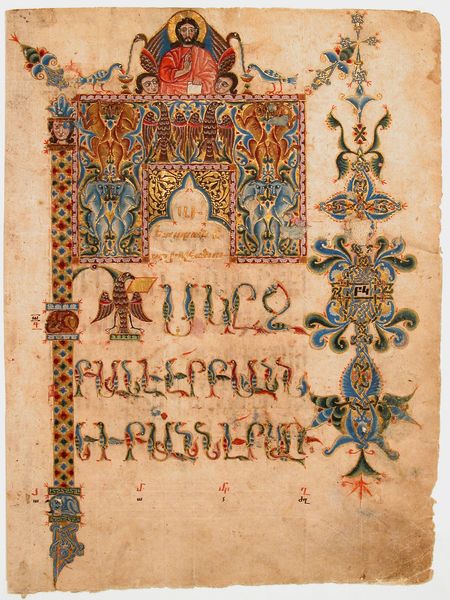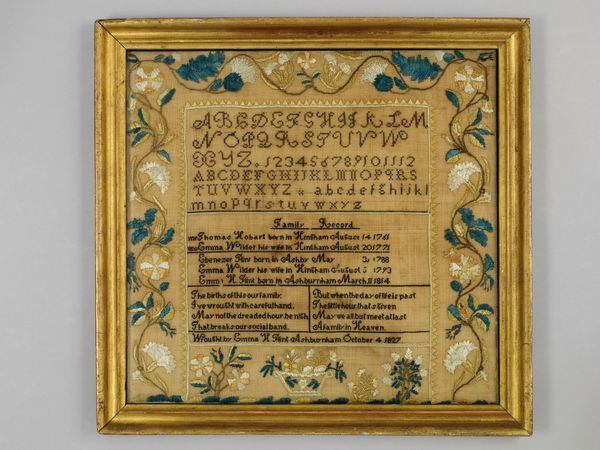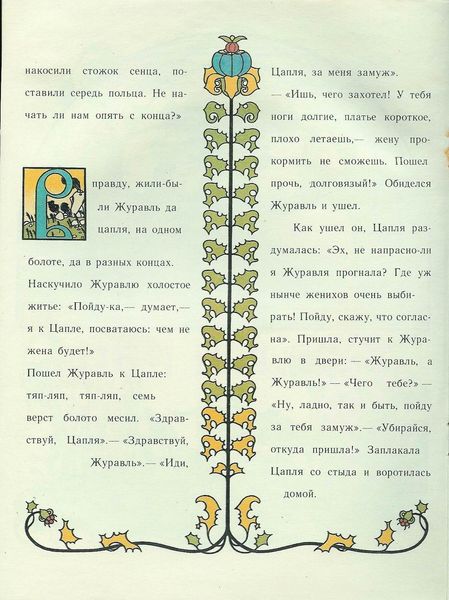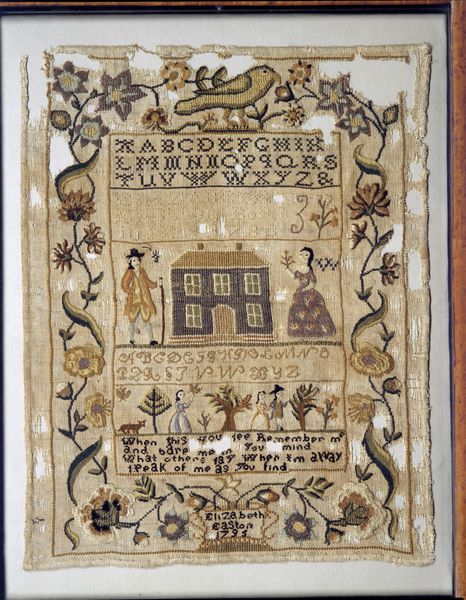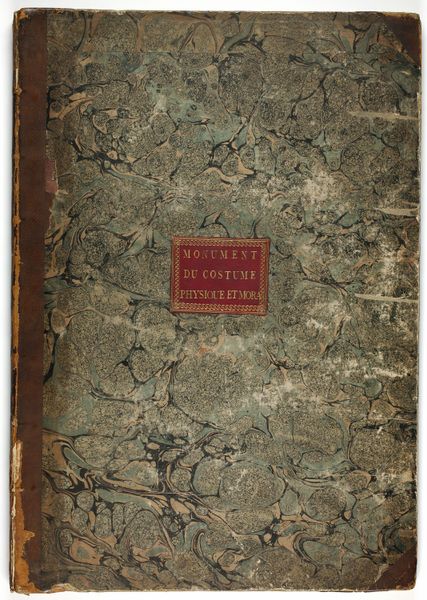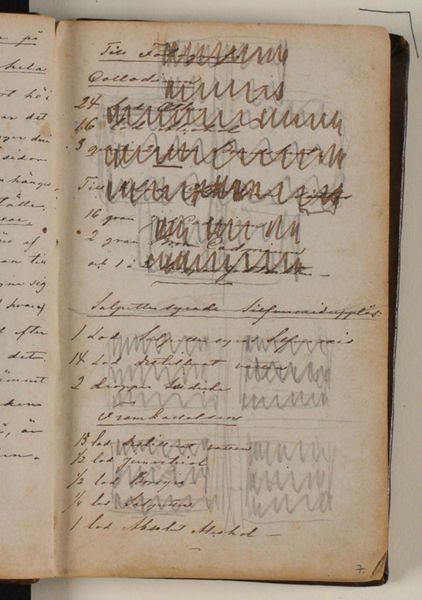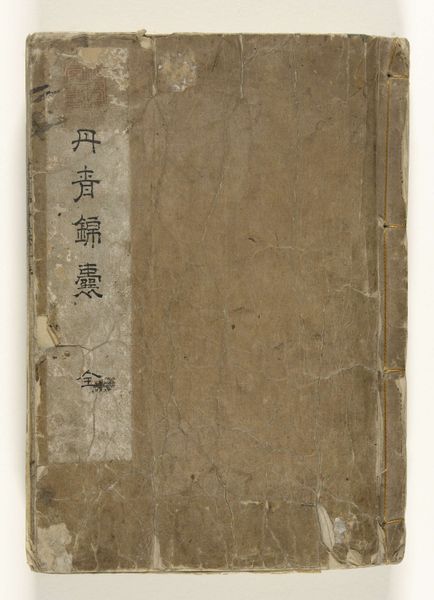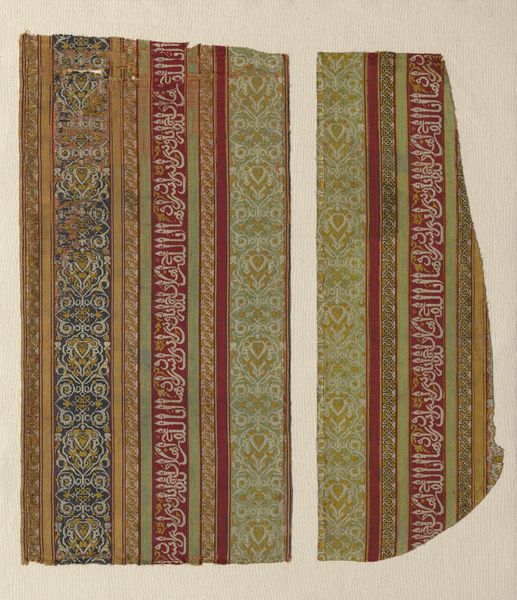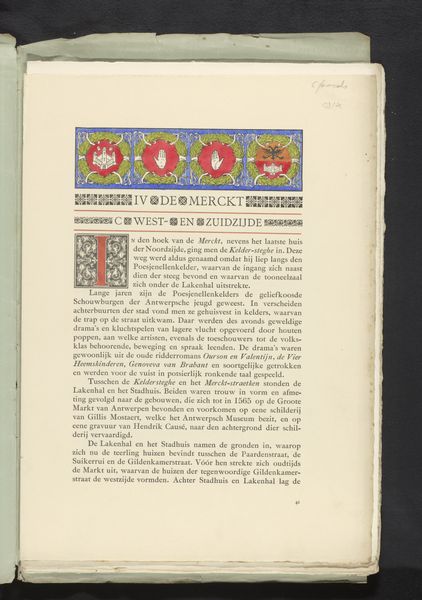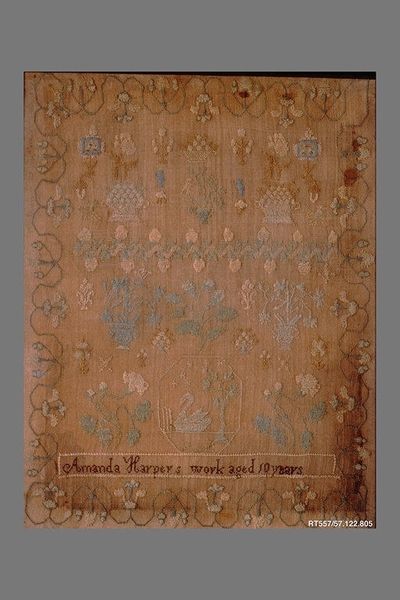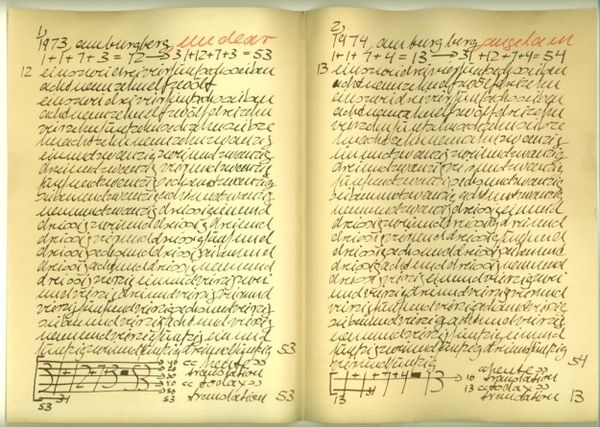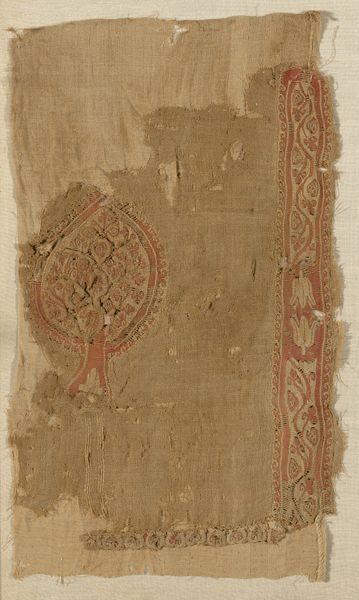
graphic-art, print, paper, typography
#
graphic-art
#
water colours
# print
#
paper
#
text
#
typography
#
coloured pencil
#
russian-avant-garde
#
watercolor
#
calligraphy
Copyright: Public domain
Editor: Here we have the cover of "Literary Digest," from 1896, by Nicholas Roerich. It's primarily typography, using graphic art, print and watercolour on paper, with striking red calligraphy on a beige background. The effect feels distinctly historical, almost medieval. What's your perspective on it? Curator: This cover is a fascinating artifact! Its red calligraphy immediately calls to mind illuminated manuscripts, placing intellectual discourse in a historical context. But considering the Russian Avant-Garde influences and its historical moment, it signifies much more. Roerich was deeply interested in connecting cultural heritage with modernist sensibilities. He created stage designs, monumental painting. How does that calligraphic style play into the visual power dynamic between text and image, and its accessibility to diverse audiences? Editor: I see your point! The stylized text does make it harder to decipher at first glance. It's beautiful, but maybe less about direct communication. Curator: Exactly! And this tension is crucial. This cover, made at a time of growing social unrest and calls for greater literacy, plays with notions of elite versus popular culture. Is Roerich trying to bridge these gaps or underscore them through artistic expression? Considering who had access to higher education in 1896, how did their literacy level and their perception differ from those of the "lower class"? Editor: I hadn't thought of that dynamic. So, it's not just a decorative piece but a statement about access to knowledge. Curator: Precisely. Art is always embedded within intricate socio-political landscapes. And, while its surface appearance could resemble traditional imagery and fonts, consider it in a contemporary framework. What do you learn about Roerich if you investigate his interest in the occult and mysticism in a culture seeking political disruption and questioning established ideas of nationhood and history? How does that new insight alter your impression of this work now? Editor: Wow, that really changes how I see it. Thanks for connecting the dots. I’ll definitely keep these broader contexts in mind going forward! Curator: Wonderful! It is how seemingly disconnected thoughts shape each other!
Comments
No comments
Be the first to comment and join the conversation on the ultimate creative platform.
